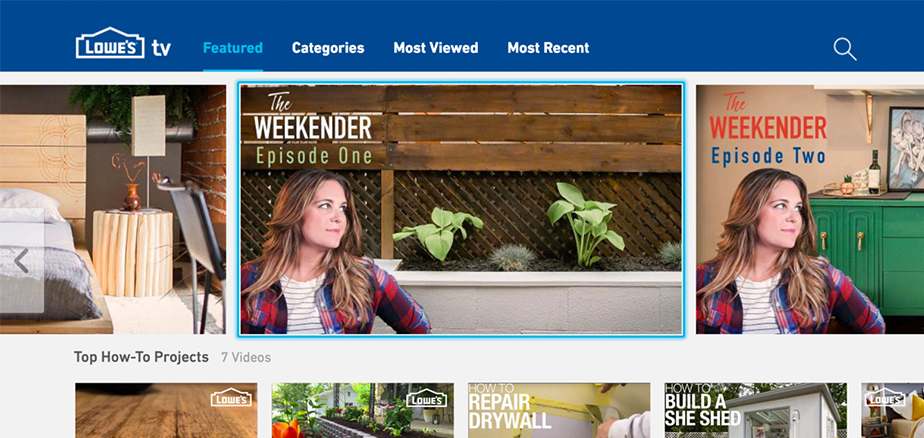POWERFUL TOOLS FOR LIVE EVENTS AND 24/7 CHANNELS
bsp-admin-1 on April 11, 2017
Live streaming at scale is inherently complicated, requiring a careful orchestration of hardware, encoding services, and distribution platforms, with a narrow (and often unforgiving) margin for error. Getting an event or service up and running is a daunting task, so many turn to off-the-shelf streaming platforms and tools that have solved many of these basic challenges.
However, as users (especially in large organizations) have noticed, these products often lack advanced features to integrate into your existing video streaming ecosystem, protect and monetize your content, or accelerate content creation and VOD publishing. They’re also expensive, though not nearly as expensive as building your own.
We saw an opportunity to build a better solution: Brightcove Live. It’s a resilient, cost-effective, API-driven platform built specifically for media organizations and enterprises. It’s a ground-up redesign of Zencoder Live, bringing a host of new features, such as 24/7 streaming, server-side ad insertion (SSAI), cloud DVR, content protection, on-the-fly live clipping and live-to-VOD asset creation.
Instantly Clip Live-to-VOD
Whether you’re streaming 24/7 or putting on live events, creating VOD highlights of your content is often part of the plan. Usually, this involves an entirely separate workflow from the live stream, and getting clips posted quickly requires a costly on-site editorial team. With Brightcove Live, you can instantly lift clips out of your live stream with a single API call while your stream is still on the air. Brightcove Live will ingest clips directly into Video Cloud, or upload to an S3 or FTP location of your choice, for immediate site publication or social media sharing.
Brightcove Live also streamlines the process of publishing an entire live event as VOD, and has already saved customers like NHRA and Seven West Media time and resources.
“The NHRA uses Brightcove Live for our NHRA All Access product and are impressed with the quality and reliability of the stream. We’ve especially enjoyed the ease of transferring the live asset to on-demand after an event ends as it saves us hours of work each race weekend” (Pam Allison, Director, Digital Products at NHRA).
Seven West Media utilized Brightcove Live’s VOD clipping feature while still in beta for their coverage of the 2017 Australian Open, enabling them to turn around the final clashes in minutes instead of hours. For example, the Williams sisters’ entire 90-minute final match was published just 20 minutes after it ended.
Increase your Reach with SSAI
Traditional client-side ad insertion is tricky to implement across multiple platforms and can cause glitchy playback, leading viewers to abandon playback sessions. By injecting ads before the stream reaches the client, server-side ad insertion (SSAI) works across all devices, eliminates ad-playback glitches, and helps to mitigate ad blocking technologies.
With DoubleClick for Publishers, FreeWheel, or any VAST 2.0/3.0/4.0–compliant ad server, Brightcove Live seamlessly inserts ads into the stream before delivery to the player, improving playback performance and reach. Ads can be cued via OnCuePoint messages embedded in the input stream, or you can use the REST API for both scheduled and instantaneous (a.k.a. “big red button”) ad cues. Ad insertion is frame-accurate, and you can even specify a custom video slate to show viewers when an ad slot isn’t filled.
Protect Your Content
Brightcove Live also provides tools to protect sensitive or confidential content. We’re supporting HLSe encrypted streams at launch, with support for the major DRM systems coming soon. Playlists and chunks can also be delivered via SSL for additional transport-layer security, and token authentication is supported for Akamai Edge Auth 2.0.
Built for Scale
Brightcove Live is available in multiple regions across the globe, which helps you to improve resiliency and latency by provisioning streams closer to your live source. Streams are delivered to viewers via HLS, ensuring compatibility with a wide variety of platforms and players, as well as most popular CDNs.
Managing growth and configuration are two of the biggest challenges when you’re spinning up a live streaming solution, but Brightcove Live’s API-centric approach makes this simple. All streaming options are set per-job, so you can change settings or add redundant streams with a single API call to create a new job. Stream status, VOD clipping, and SSAI are all controlled via API for easy integration with your existing tools.
Live streaming is hard, but it doesn’t have to be. We’ve taken care of the hard part, and we’re excited to see how you’ll use Brightcove Live to make live streaming work for you.

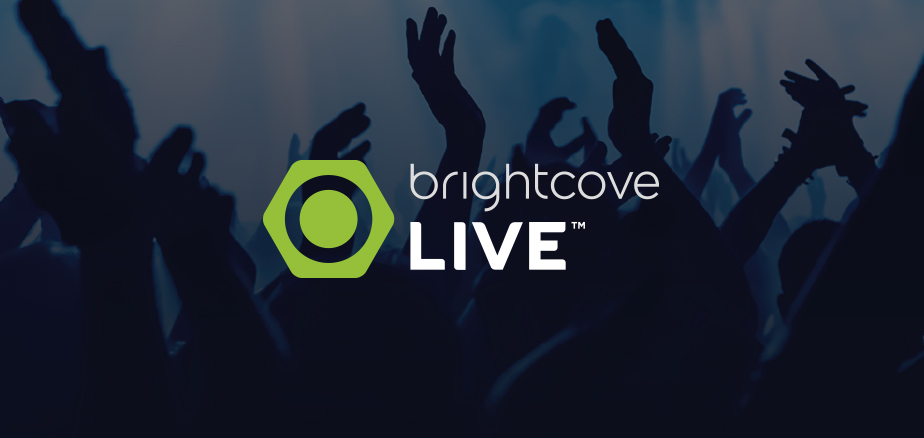
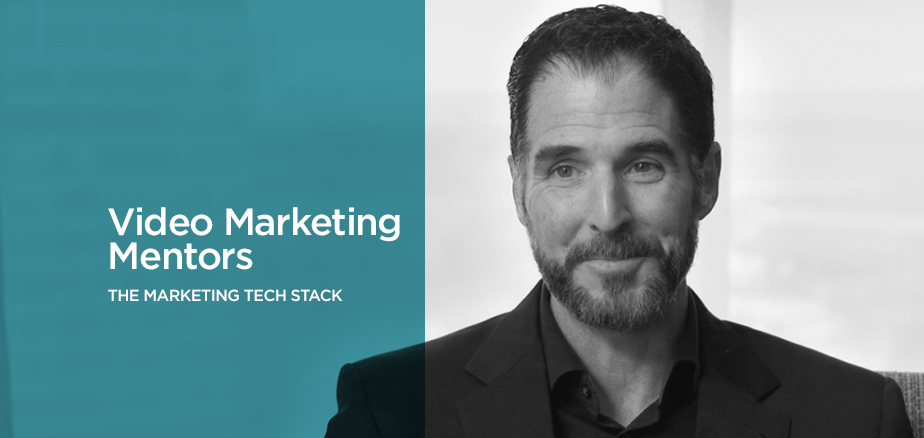
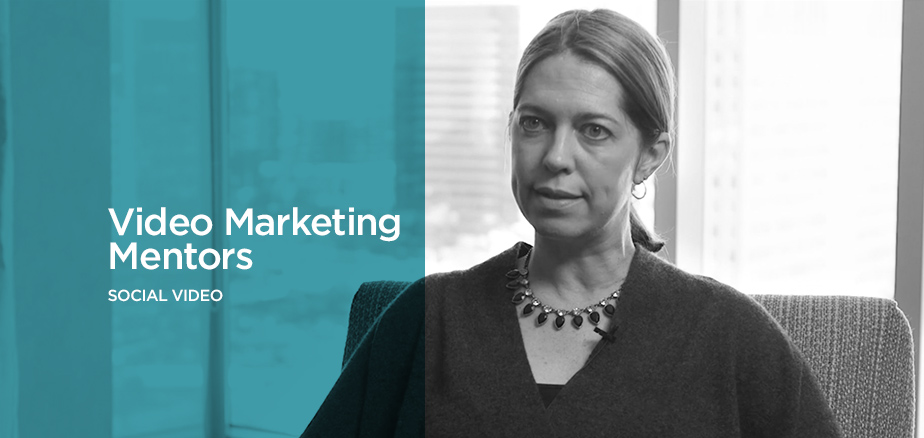


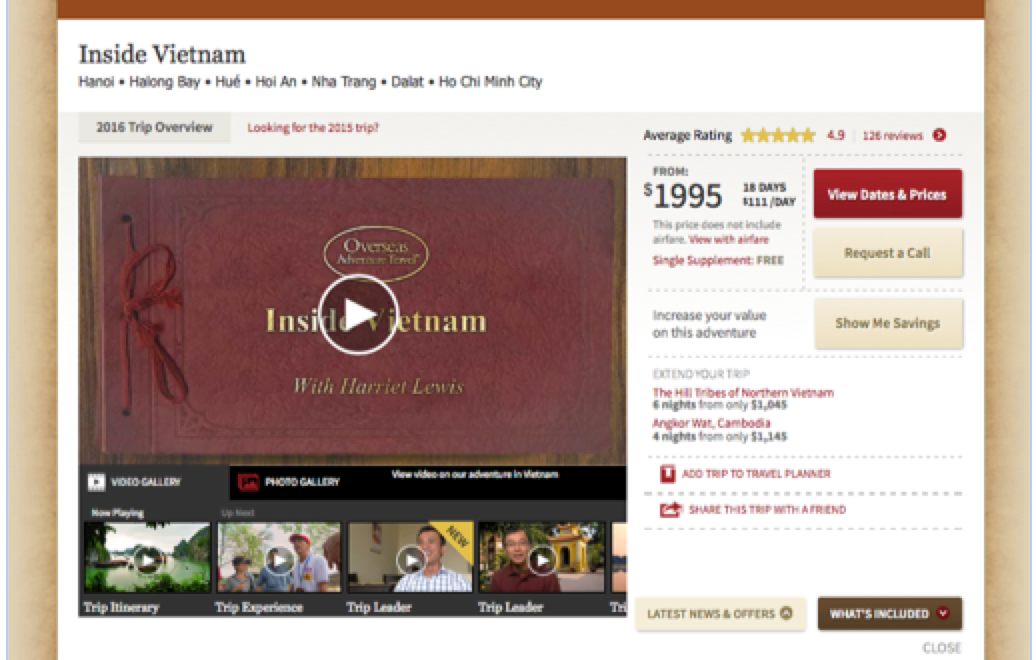
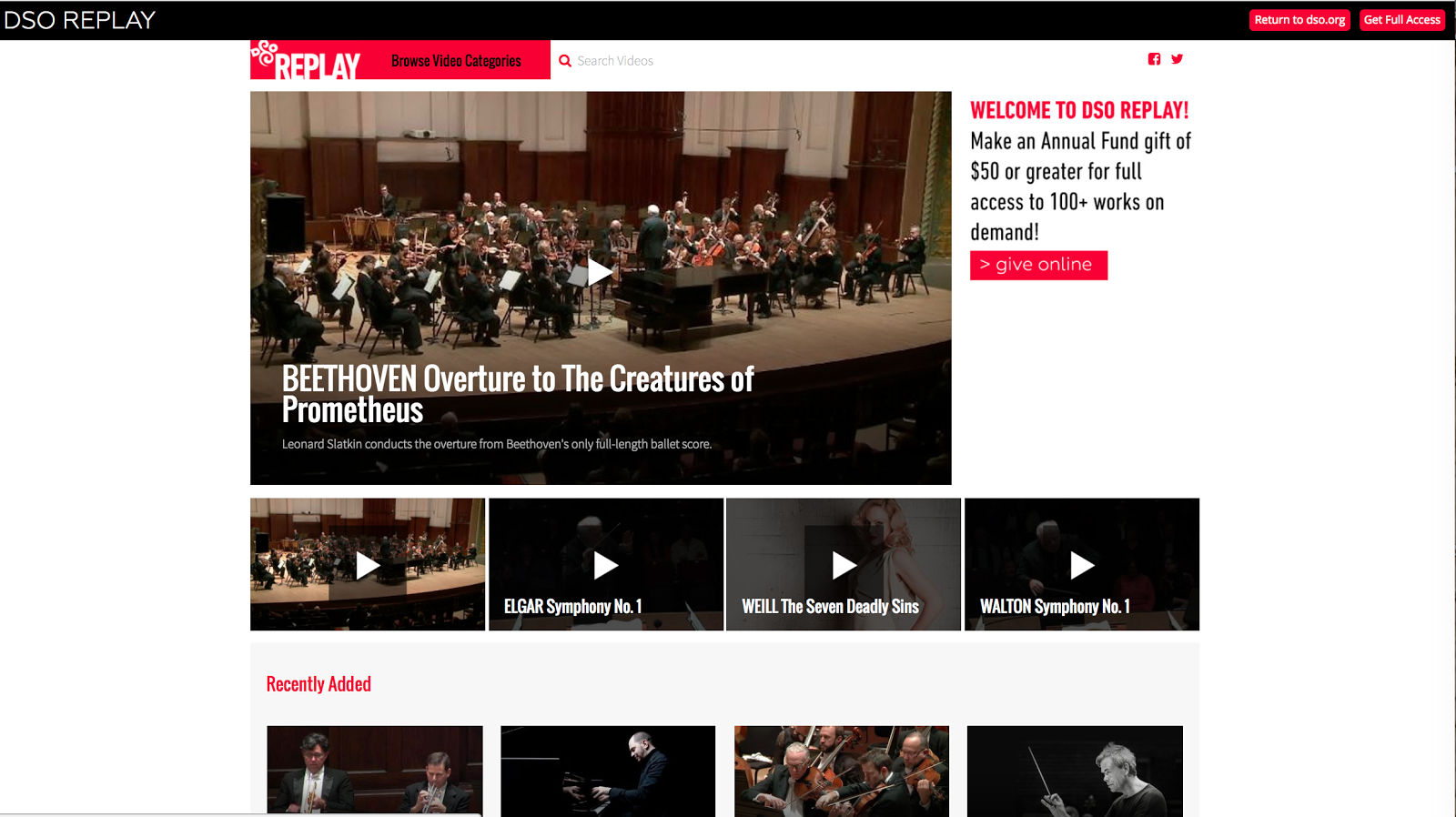
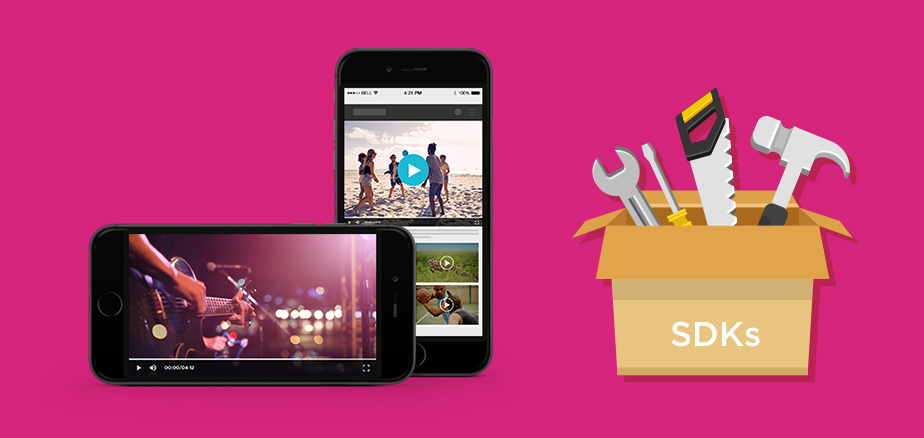
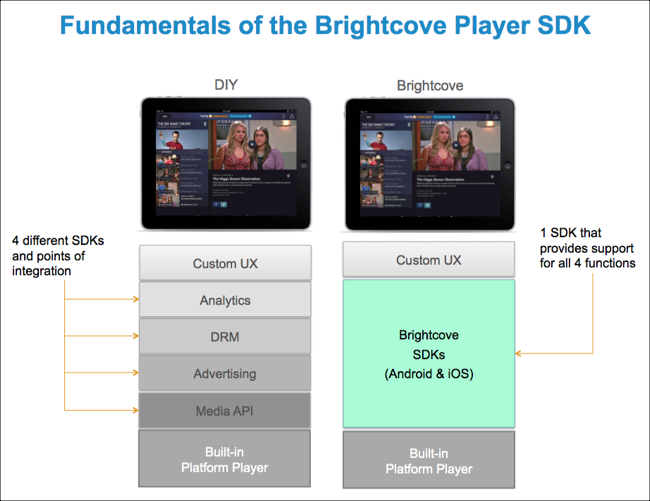
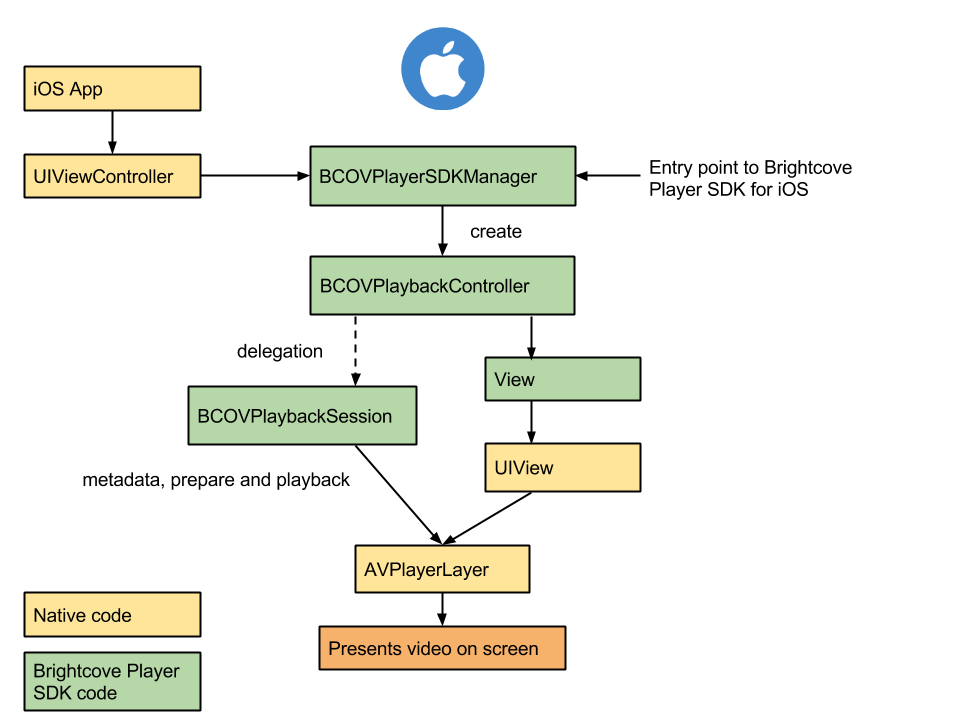 Brightcove Player SDK for iOS Overview: some of the components in the Native SDK for iOS and how they relate to each other.
Brightcove Player SDK for iOS Overview: some of the components in the Native SDK for iOS and how they relate to each other.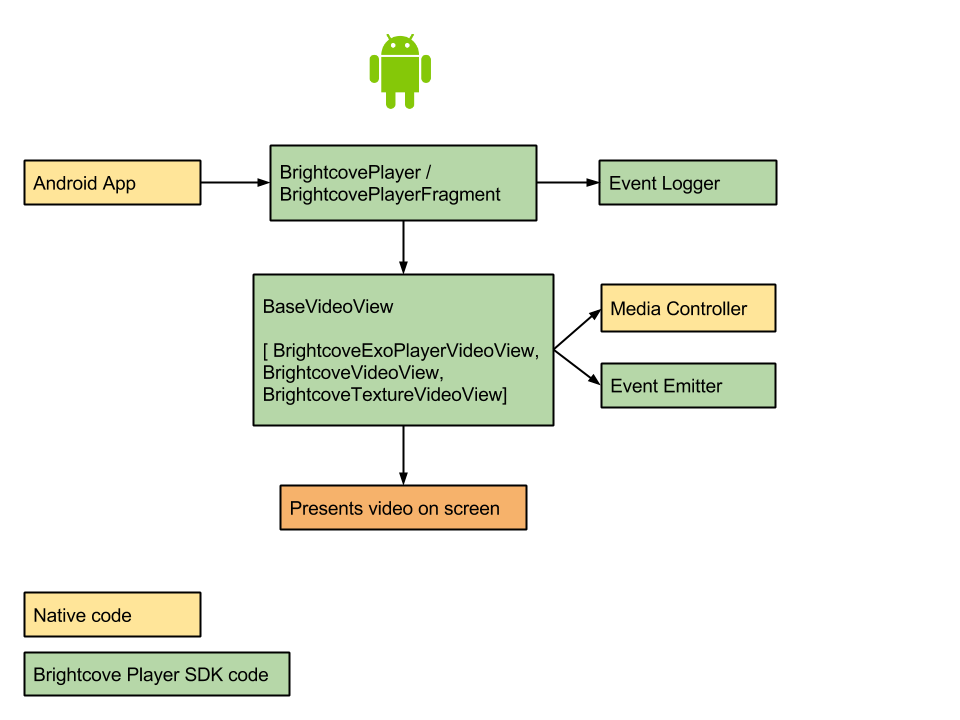 Brightcove Player SDK for Android Overview: some of the components in the Native SDK for Android and how they relate to each other.
Brightcove Player SDK for Android Overview: some of the components in the Native SDK for Android and how they relate to each other.
